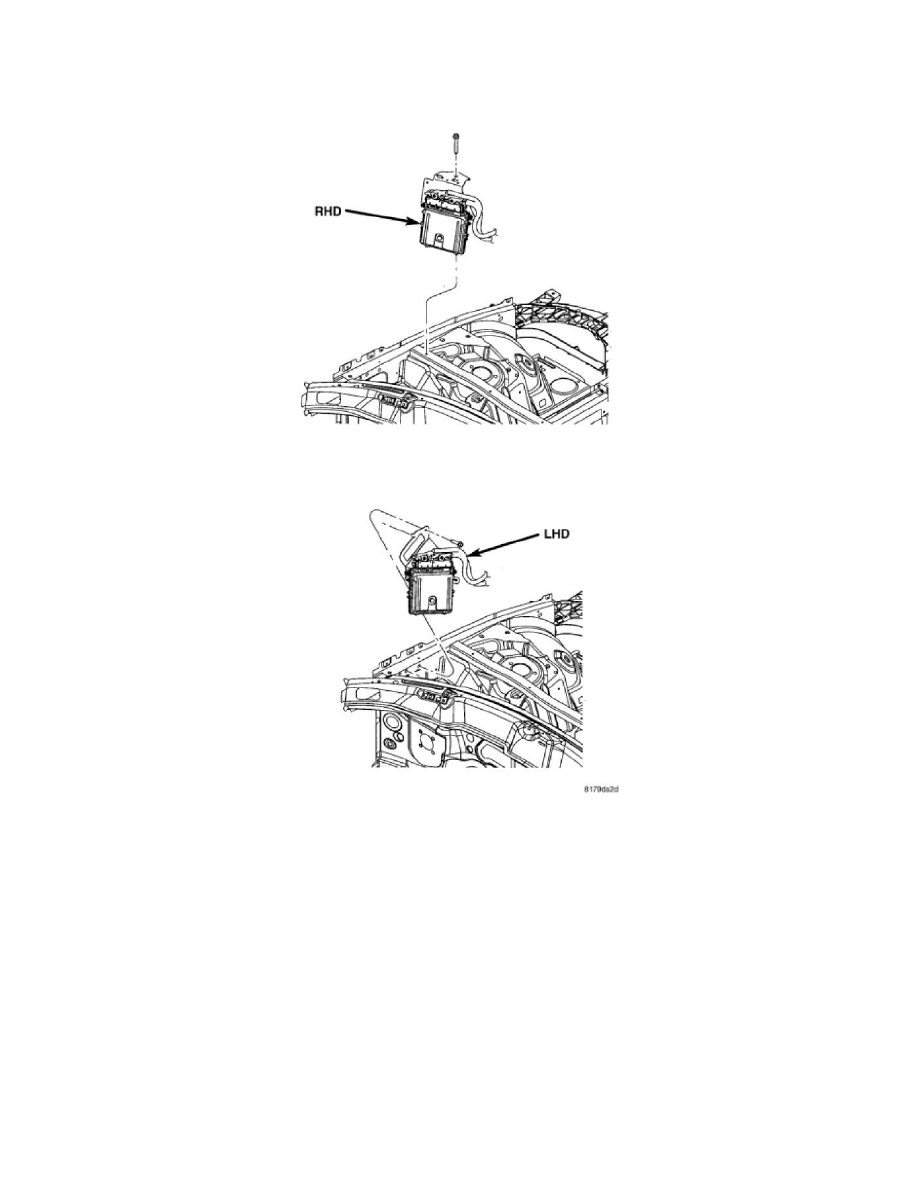Magnum V8-5.7L VIN 2 (2007)

Operation
OPERATION
The ECM has been programmed to monitor different circuits of the diesel fuel injection system. This monitoring is called on-board diagnostics. Certain
criteria must be met for a diagnostic trouble code to be entered into the ECM memory. The criteria may be a range of: engine rpm, engine temperature,
time or other input signals to the ECM. If all of the criteria for monitoring a system or circuit are met, and a problem is sensed, then a DTC will be stored
in the ECM memory. It is possible that a DTC for a monitored circuit may not be entered into the ECM memory, even though a malfunction has
occurred. This may happen when the monitoring criteria have not been met. The ECM compares input signal voltages from each input device with
specifications (the established high and low limits of the input range) that are programmed into it for that device. If the input voltage is not within the
specifications and other trouble code criteria are met, a DTC will be stored in the ECM memory.
ECM OPERATING MODES
As input signals to the ECM change, the ECM adjusts its response to the output devices. For example, the ECM must calculate a different fuel quantity
and fuel timing for engine idle condition than it would for a wide open throttle condition. There are several different modes of operation that determine
how the ECM responds to the various input signals.
Ignition Switch On (Engine Off)
When the ignition is turned on, the ECM activates the glow plug relay for a time period that is determined by engine coolant temperature, atmospheric
temperature and battery voltage.
Engine Start-Up Mode
